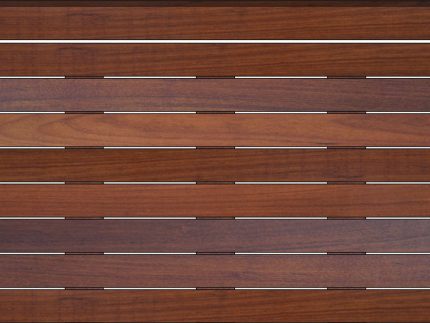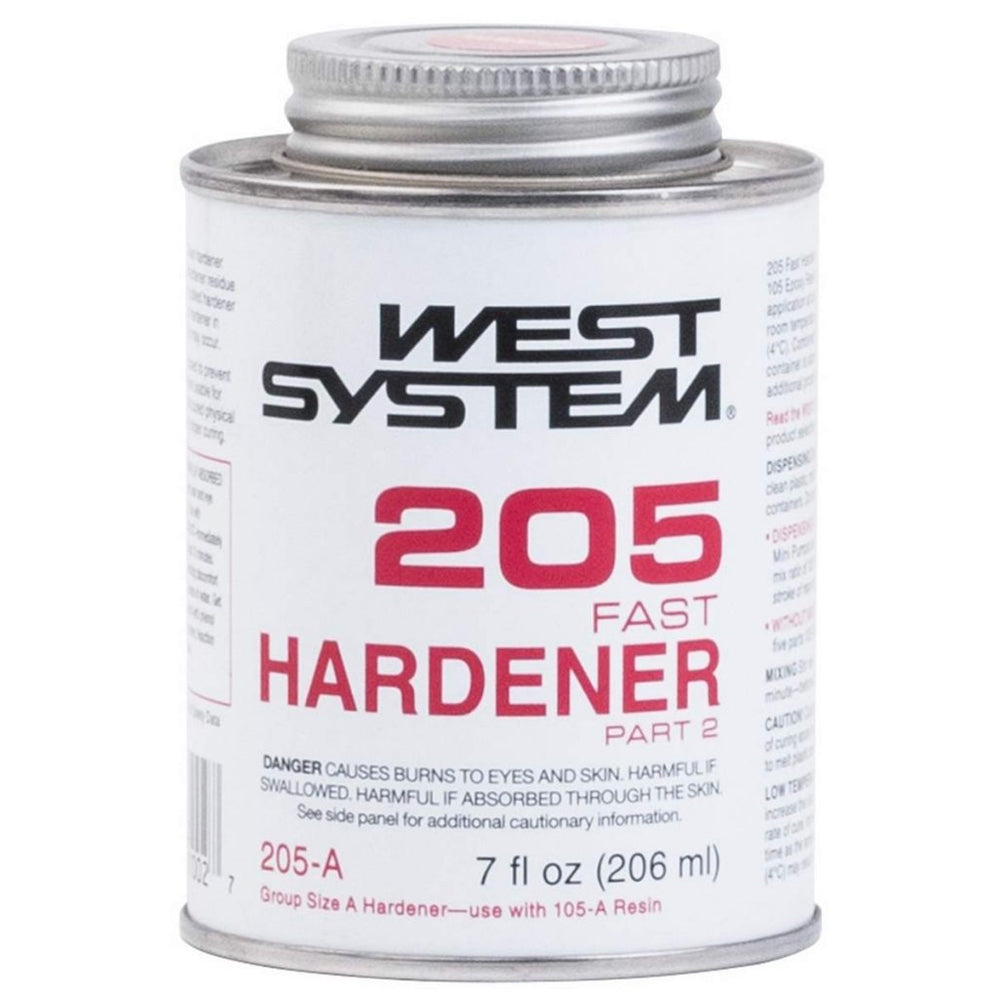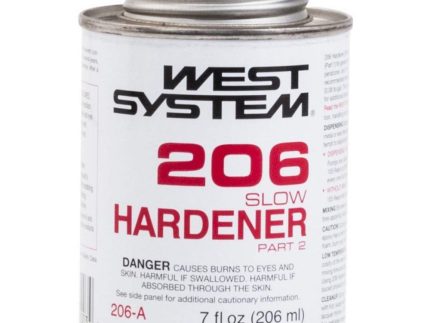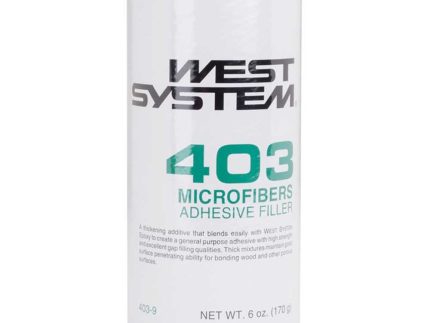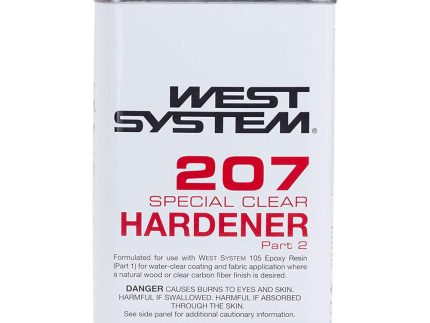0.44 Pint West System 205-A Fast Hardener
This item can only be shipped UPS GROUND.
Choose 205 Fast Hardener when Cold-Weather Bonding
- 205 Fast Hardener is formulated to cure well at temperatures as low as 40°F (4°C). This will require an extended cure time before removing clamps or sanding.
- For best results in cold weather, warm 105 Resin and 205 Fast Hardener before using. Cold temperatures increase the viscosity of the epoxy, making it more difficult to dispense, mix and apply. Warming resin and hardener reduces their viscosity so they flow through dispensing pumps better, cling less to your mixing equipment, and blend more easily for thorough mixing. A warmer, lower-viscosity mixture will flow more smoothly during application and penetrate porous surfaces more readily.
- Always dispense 105 Resin and 205 Fast Hardener at the proper mixing ratio. Altering the amount of hardener will seriously compromise the epoxy’s ultimate strength. WEST SYSTEM 300 Mini Pumps are calibrated to dispense the correct resin-to-hardener ratio with one full pump stroke of resin for every one full pump stroke of hardener. If you are not able to warm the resin and hardener, do not use excessive force when dispensing. Keep steady pressure on each pump, allowing each pump head to make a full stroke down and a full stroke up. Remember, the resin and hardener become thicker and more difficult to pump when they are cold and require significantly more time to return to the top of the stroke.
- Stir the resin and hardener thoroughly for at least 2 minutes in a small pot scraping the sides and bottom of the mixing container. Use a mixing stick shaped to reach the corners of the pot. A smaller diameter mixing pot increases the chemical reaction between resin and hardener because its limited surface area prevents heat from dissipating too quickly. Let the mixed epoxy sit in the pot a little longer before applying.
- Prepare cured epoxy surfaces between applications. When coating at cold temperatures, the slower cure can result in the formation of an amine blush, a waxy/greasy film on the surface of the cured epoxy. Wash the surface with warm water using a 3-M Scotchbrite™ pad before applying subsequent epoxy coatings to a surface. Don’t let the water evaporate. Dry the surface with plain white paper towels. Sand any remaining glossy areas with a medium-grit sandpaper.
- Allow additional cure time before removing clamps or stressing joints. As a general rule, double the cure time for every 18°F (10°C) drop in temperature. Allow additional cure time of more than the 18°F (10°C) rule when bonding pre-stressed joints, bent laminations, or joints that will be subjected to high loads.
- Elevate the temperature of partially cured epoxy. Elevating the temperature of the epoxy after initial cure can help to complete the epoxy mixture’s cross-linking and boost the epoxy’s physical properties even after a week at cold temperatures. Elevate the temperature of the epoxy and substrate gradually to avoid thermal shock. Although any temperature elevation will improve cross-linking, try to boost the temperature to 72°F (22°C) or warmer. The time required for final cure depends on the hardener used and the temperature the epoxy is exposed to. Generally, higher temperatures require shorter cure times. Do not exceed 140°F (60°C) and do not remove clamps or load the joint until the epoxy has cooled.

